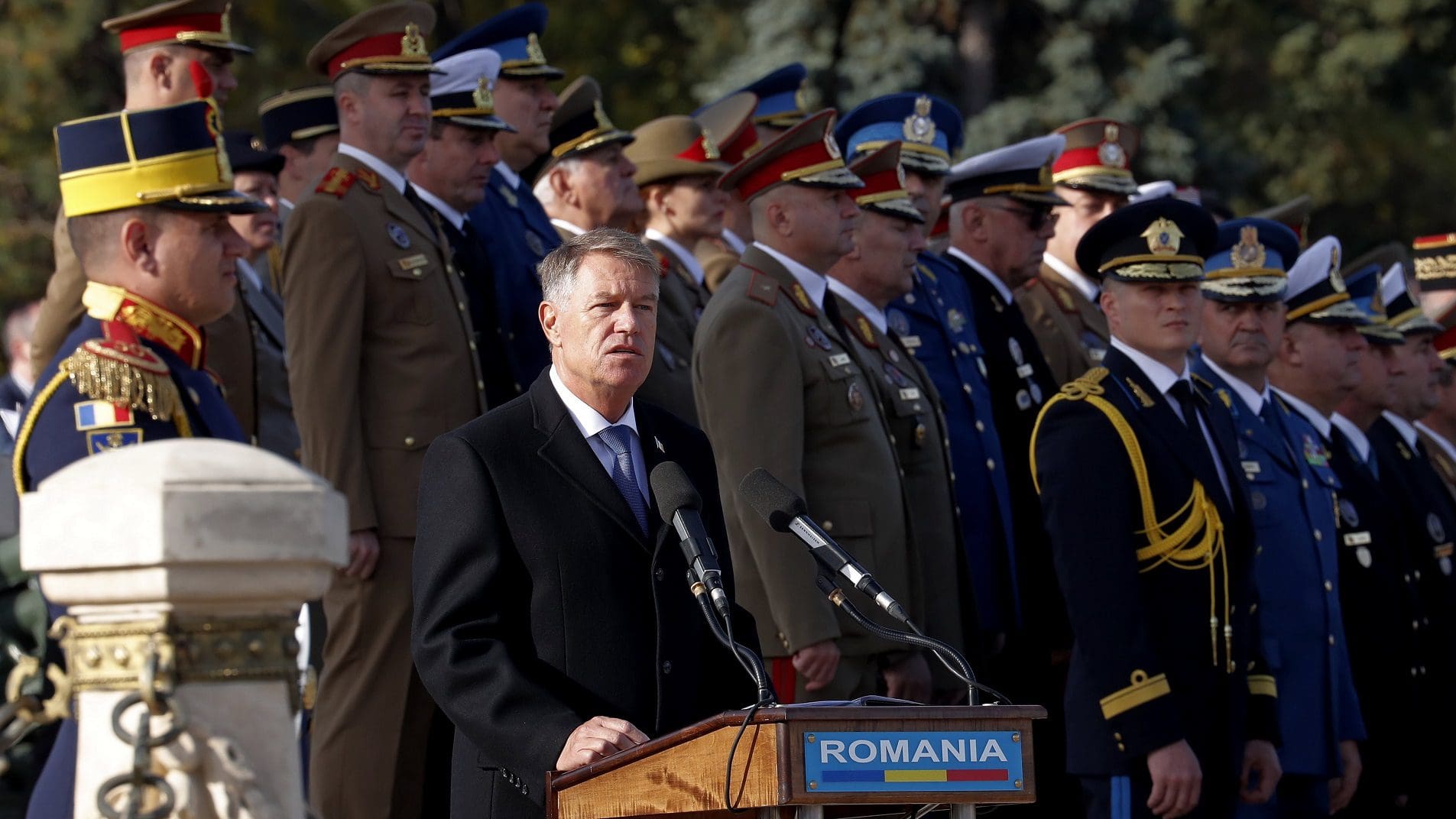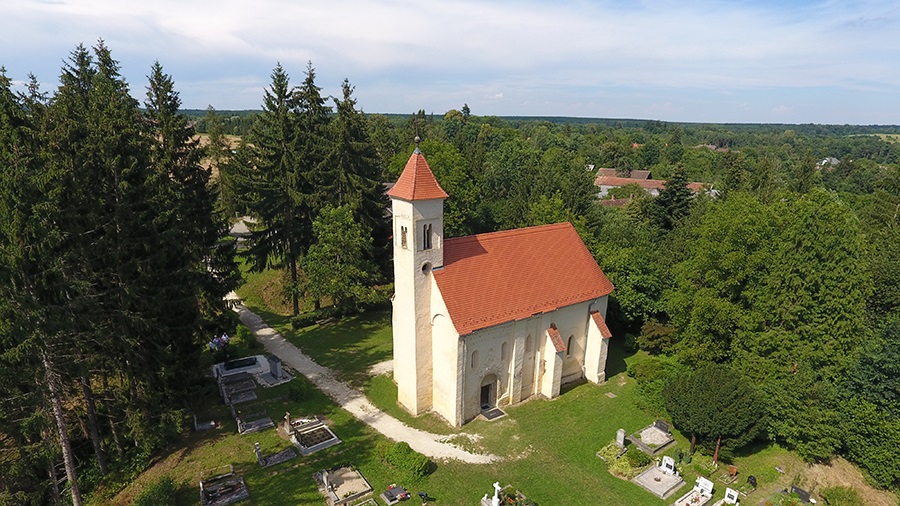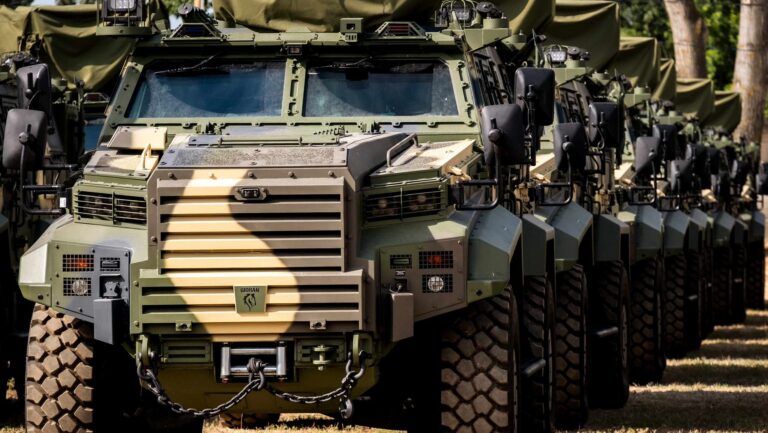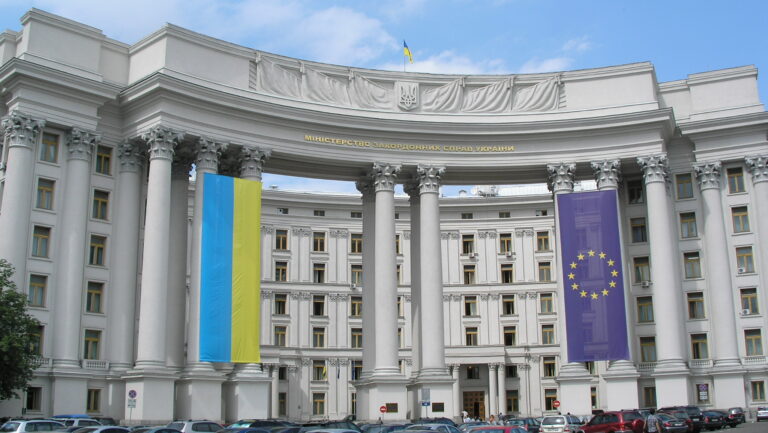With a large-scale arms procurement programme and closer US cooperation, Romania would become one of the strongest bastions on NATO’s eastern flank.
Russia’s full-scale war against Ukraine marked a historic turning point, a so-called ‘Zeitenwende’, for Central and Eastern Europe in many areas. The region is no longer able to maintain its decades-long bridging role between Western Europe and Russia because of Moscow’s aggression. Instead, the countries that make up NATO’s eastern flank have embarked on major modernisation and arms acquisition programmes and are seeking to become Europe’s military deterrent gatekeepers. In the arms race triggered by the Russian aggression in Europe, the region has taken off with great momentum and, although Poland is taking the limelight in this respect, Romania is also making serious efforts to boost its defence build-up to a higher level.
Romanian Force Development
At the beginning of April, the Parliament of Romania approved five arms procurement programmes for the Joint Defence Commission of the Romanian Ministry of Defence, with a combined spending budget of around $10 billion. The largest purchase is for 41 short- and very short-range air defence missile systems (SHORAD /VSHORAD), worth $4.2 million. The Air Force will receive 16 batteries, the ground troops 25 batteries. The project will be carried out in two phases, the first of which will run from this year until 2031. The Romanian Ministry of Defence plans to spend €2.995 billion on the purchase of 298 tracked armoured fighting vehicles, 246 of which will arrive in the next four years. The procurement programme, with a budget of $1.923 billion, would provide five battalions of ground troops with one 155-mm NATO-caliber self-propelled gun each.
Bucharest would also purchase 186 AIM-120 AMRAAM radar-guided, medium-range air-to-air missiles for its Air Force’s F-16 fighter aircraft through an intergovernmental agreement with the United States for an additional $372 million. The agreement will also include the acquisition of 299 short-range, infrared-guided AIM-9X SIDEWINDER air-to-air missiles worth $239 million.
Lt Gen Teodor Incicaş, head of the defence ministry’s General Directorate of Armaments indicated that
many procurement programmes are running in parallel to boost the country’s defence capabilities in the shadow of Russian aggression.
‘As far as the equipment programmes are concerned, we are talking about 40–50 live programmes. That is to say, if we talk about acquisitions and ongoing contracts, we are talking about 40 programmes that are running at the same time: programmes the contracts of which are ongoing, programmes that are in the acquisition phase, and others that are either waiting for additional approvals after prior approval by the Parliament of Romania, or that have been approved and are waiting for the acquisition phase to begin,’ he said.
Bucharest launched a comprehensive defence initiative in 2017, mainly to purchase US military equipment such as F-16 fighter jets, Patriot missiles, and the HIMARS system. In response to the war in neighbouring Ukraine, the parliament in Bucharest decided to increase Romania’s defence budget from two per cent of GDP to 2.5 per cent this year.
Sprinter Observer on X (formerly Twitter): “On April 11, 2023, during a meeting on the development of Romanian military aviation, the country’s CSAT (Supreme Council of National Defense) approved the purchase of 5th generation Lockheed Martin F-35 Lightning II aircraft. pic.twitter.com/rxz4EQ1kos / X”
On April 11, 2023, during a meeting on the development of Romanian military aviation, the country’s CSAT (Supreme Council of National Defense) approved the purchase of 5th generation Lockheed Martin F-35 Lightning II aircraft. pic.twitter.com/rxz4EQ1kos
Back in March, Romania also announced the purchase of 54 M-1 Abrams tanks from the United States to replace its outdated Soviet technology. In addition, President Klaus Iohannis announced in April that he would buy F35 Joint Strike Fighters to strengthen his country’s air security against aggression. In a statement posted on his website, the president wrote: ‘Having robust, credible, interoperable, flexible and efficient air defence operational capabilities…as part of our commitments as a NATO and EU state is key to Romania meeting its defence policy objectives.’ It is not yet known how many of these fifth-generation fighters Bucharest would buy.
Calling for Increased US Presence
Moreover, Bucharest would deepen its defence cooperation with Washington, and not exclusively through arms purchases. On 30 March, National Defence Minister Angel Tilvar had a meeting with US Secretary of Defence Lloyd J. Austin III in Washington DC. The meeting addressed the need for a comprehensive strategy for the security of the Black Sea, in which, as the Romanian defence minister said, the United States should take a leading role.
‘We believe that there is an urgent need for a comprehensive strategy for the Black Sea, under the coordination of the US, that involves key actors in the region. These efforts will create a more solid policy, built around the consistent and persistent presence of the US and NATO, and an active US leadership in the region,’ Tilvar noted.
The United States already demonstrated its commitment to the Black Sea region last year when it supplemented its troops stationed in Romania with soldiers from the 101st Airborne Division’s 2nd Rifle Brigade, Tilvar added. Romania has approximately 3,000 personnel from the United States deployed at several military bases throughout the country. At the June NATO Summit in Madrid, Washington also announced it would headquarter a rotational Brigade Combat Team (BCT) in Romania.
Romanian-Polish Military Cooperation
Bucharest would strengthen defence cooperation with Warsaw as well. The two largest countries in the Central and Eastern European region are building the two most powerful militaries, with a strong emphasis on interoperability between their armed forces. The F-16, F-35, Himars, and Abrams, among others, will provide the two militaries with the means for joint exercises, experience sharing, and deeper cooperation on NATO’s eastern flank. This was also discussed by Polish Deputy Prime Minister Mariusz Blaszczak and Angel Tilvar on 28 March in Bucharest at Polish-Romanian intergovernmental consultations.
‘As for ground troops, Poles and Romanians are also equipping them with very similar equipment. We have ordered HIMARS. The Romanians have done so as well, which is why we are discussing the joint use of these weapons precisely through cooperation between our armed forces. The case is quite similar regarding the Patriots. Romanians have also decided to buy Abrams. And we will have Abrams on the Polish Army’s equipment this year already,’ the Polish Deputy Prime Minister stressed.
At the same event, apart from deepening military cooperation, Polish Prime Minister Mateusz Morawiecki also called for the development of a new economic community.
The Polish PM would boost economic cooperation with Romania and Ukraine to make the region’s voice better heard.
The new economic community in Central and Eastern Europe Morawiecki has in mind would not only help the reconstruction and integration of Ukraine, but could balance the economic centre of gravity in Europe between the East and West.
Related articles:








